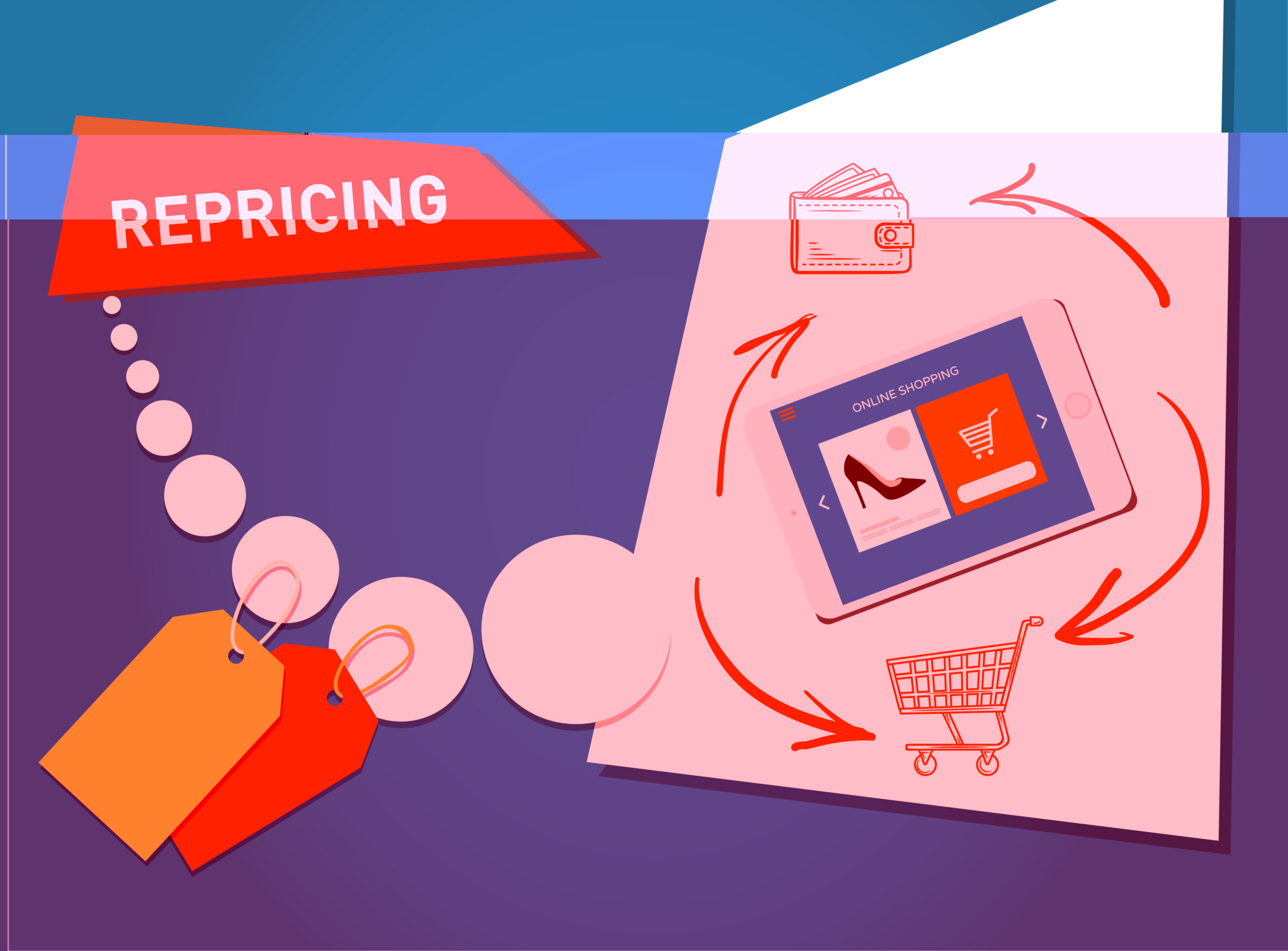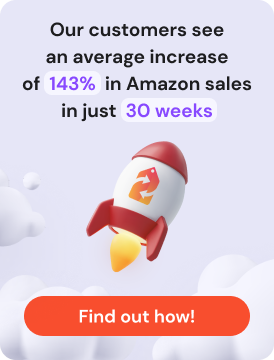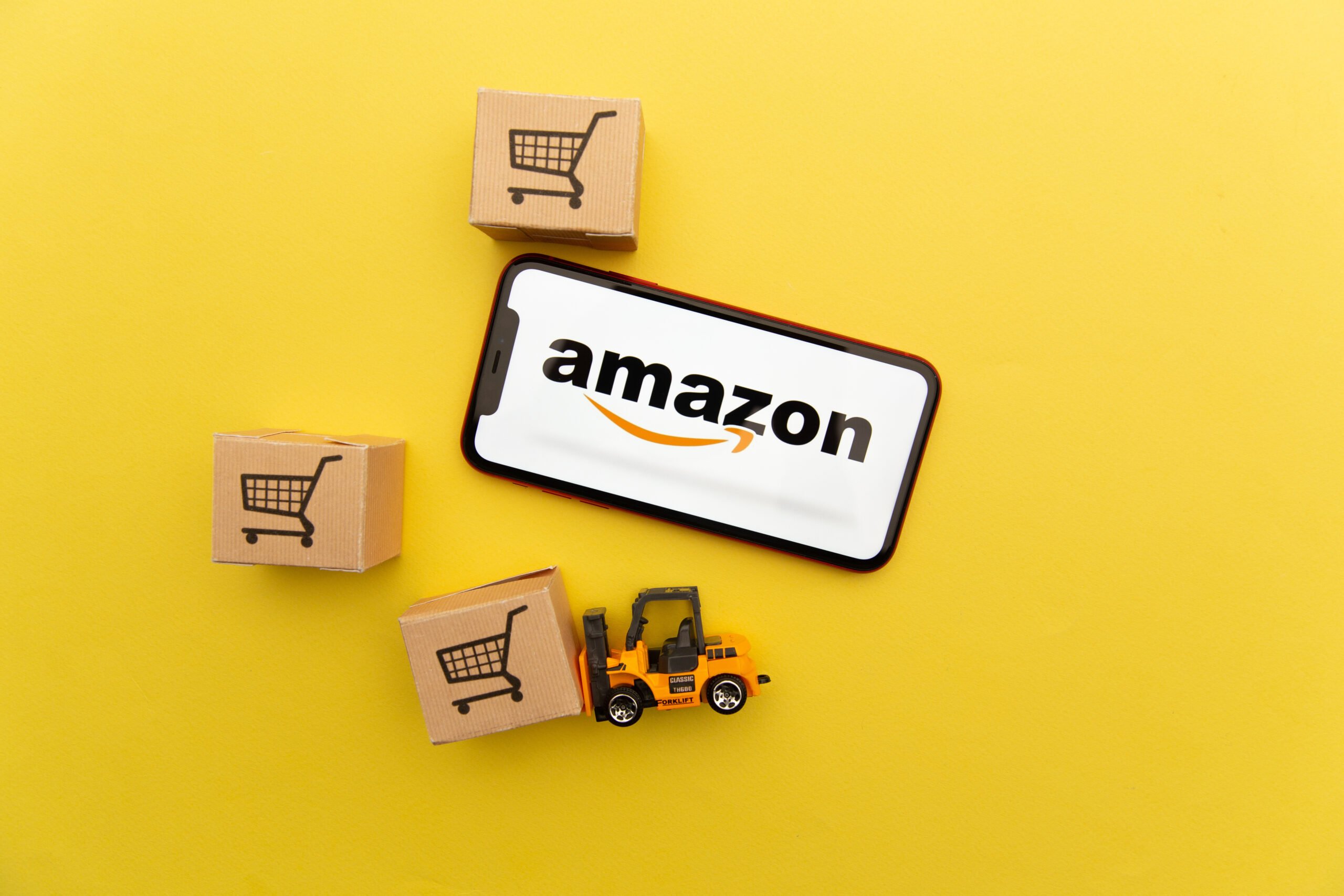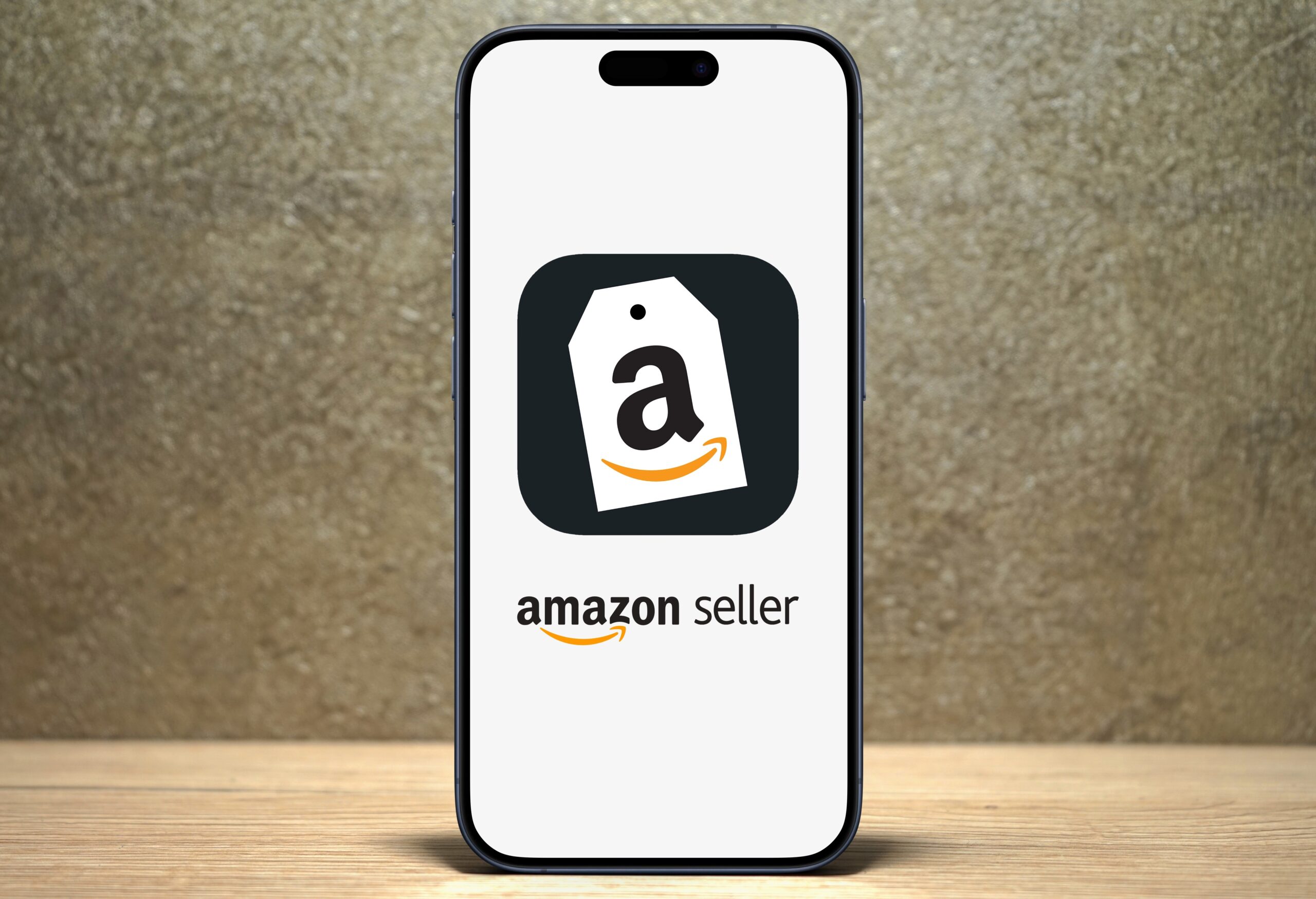Why Amazon Repricing Matters
Winning the Amazon Buy Box can make or break your sales performance. Repricing—adjusting your product prices in response to market conditions—is the key to staying competitive. This guide compares manual and automated repricing strategies, helping Amazon sellers choose the right approach to maximize profits while maintaining Buy Box eligibility. Whether you’re managing 50 SKUs or 5,000, understanding these strategies is essential for sustainable growth.
What Is Amazon Repricing?
Amazon repricing is the practice of dynamically adjusting your product prices based on various marketplace factors. It’s essential because Buy Box ownership directly correlates with sales volume—products featured in the Buy Box capture approximately 82% of Amazon sales.
Common repricing triggers include:
- Competitor price changes
- Inventory stock levels
- Shipping speed and fulfillment method
- Seller performance metrics and feedback ratings
- Time of day and seasonal demand fluctuations
The goal is simple: price your products competitively enough to win the Buy Box while protecting your profit margins. How you achieve this goal—manually or through automation—depends on your business model, resources, and growth objectives.
Manual Repricing Explained
Manual repricing involves logging into your Amazon Seller Central account and adjusting prices by hand, typically in response to competitor activity or market research.
How Manual Repricing Works (Step-by-Step)
- Monitor competitor prices using Seller Central or third-party tools
- Analyze your profit margins for each product
- Decide on new prices based on competitive positioning
- Update prices in your inventory management system
- Track results and adjust as needed
Pros of Manual Repricing
Complete control: You make every pricing decision based on your business strategy and market knowledge. This allows for nuanced decisions that account for brand positioning, customer relationships, and long-term goals.
Flexibility: You can implement complex pricing strategies that consider factors beyond simple competition, such as bundling opportunities, seasonal promotions, or inventory clearance needs.
No tool costs: Apart from your time investment, manual repricing requires no software subscription fees or learning curves.
Cons of Manual Repricing
Extremely time-consuming: Checking and updating prices across even a modest catalog can consume hours daily. For sellers with hundreds or thousands of SKUs, it becomes virtually impossible.
Error-prone: Human mistakes in data entry can lead to devastating pricing errors—selling products at a loss or pricing yourself out of the market.
Slow response time: By the time you notice a competitor’s price change and update your own, you may have already lost hours or days of potential Buy Box ownership.
Inconsistent execution: Fatigue, distractions, and competing priorities mean repricing often gets delayed or skipped entirely.
Ideal For
Manual repricing works best for:
- Sellers with small catalogs (under 50 SKUs)
- Niche product sellers with limited competition
- High-margin, unique items where brand value matters more than price
- Businesses testing Amazon before committing to advanced tools
Automated Repricing Explained
Automated repricing uses algorithmic software to adjust your prices in real-time based on predefined rules and competitive intelligence. These tools continuously monitor the marketplace and make instant pricing decisions on your behalf.
How Automated Repricing Tools Operate
Advanced repricing software like Repricer.com connects directly to your Amazon Seller Central account through API integration. The system:
- Monitors competitor prices 24/7 in real-time
- Evaluates Buy Box eligibility factors beyond just price
- Applies your custom rules (minimum/maximum prices, profit thresholds)
- Updates prices automatically within seconds of market changes
- Generates performance reports showing repricing impact on sales and margins
Modern repricing tools use sophisticated algorithms that consider multiple factors simultaneously, including competitor fulfillment methods, seller ratings, shipping times, and even time-of-day demand patterns.
Pros of Automated Repricing
Lightning-fast response: Prices update within seconds of competitive changes, ensuring you never miss Buy Box opportunities due to outdated pricing.
Real-time market adaptation: Software works 24/7, even when you’re sleeping, traveling, or focused on other business priorities.
Scalability: Manage thousands of SKUs as easily as managing ten, with no additional time investment required.
Data-driven decisions: Advanced algorithms analyze patterns and trends that humans might miss, optimizing for both competitiveness and profitability.
Consistency: Every product gets repriced according to your strategy, every time, without exceptions or oversights.
Cons of Automated Repricing
Reduced granular control: While you set the rules, you’re not making individual pricing decisions for each product at each moment.
Tool subscription costs: Quality repricing software typically costs $50-500+ monthly depending on features and SKU count.
Learning curve: Setting up effective repricing rules requires understanding the software and your market dynamics.
Potential for race-to-the-bottom: Poorly configured automation can trigger price wars that erode profit margins across the marketplace.
Ideal For
Automated repricing is essential for:
- High-volume sellers with 100+ SKUs
- Businesses in highly competitive categories
- Sellers operating across multiple marketplaces
- Amazon FBA businesses focused on velocity and Buy Box dominance
- Companies prioritizing growth and operational efficiency
Manual vs Automated: Key Differences
Understanding the core distinctions helps you choose the right approach for your business:
| Feature | Manual Repricing | Automated Repricing |
| Time Required | High (hours daily) | Low (setup only) |
| Response Speed | Slow (hours to days) | Instant (seconds) |
| Accuracy | Moderate (human error) | High (algorithmic precision) |
| Cost Structure | Low upfront (time cost) | Tool fees ($50-500+/month) |
| Scalability | Limited (50-100 SKUs max) | Excellent (unlimited SKUs) |
| Control Level | Full manual oversight | Rule-based parameters |
| Buy Box Win Rate | Lower (delayed updates) | Higher (real-time optimization) |
| Labor Intensity | Unsustainable long-term | Set-and-monitor approach |
| Data Analytics | Manual tracking required | Built-in reporting |
| Market Coverage | Business hours only | 24/7 operation |
How to Choose the Right Strategy
Selecting between manual and automated repricing depends on several key business factors:
Business Size and Growth Stage
Startup sellers just launching on Amazon might benefit from manual repricing initially to learn market dynamics and develop pricing intuition. However, plan to automate before reaching 50-75 SKUs.
Established businesses already managing significant inventory should prioritize automation to reclaim time for strategic growth activities like product sourcing, marketing, and expansion.
Product Count and Complexity
The more SKUs you manage, the stronger the case for automation becomes. Consider that manually checking and updating just 100 products takes approximately 2-3 hours daily—time better spent on business development.
Competitive Landscape
In highly competitive categories like electronics, toys, or home goods, prices can change dozens of times daily. Manual repricing simply cannot keep pace with this velocity, resulting in lost Buy Box ownership and revenue.
In niche markets with few competitors and stable pricing, manual adjustments may suffice, though automation still offers peace of mind and time savings.
Budget Considerations
While repricing tools represent a recurring expense, calculate the opportunity cost of your time. If manual repricing consumes 10 hours weekly, that’s 520 hours annually—time that could generate far more value through strategic activities than the tool’s subscription cost.
Most successful sellers find that automated repricing pays for itself within the first month through increased Buy Box wins and recovered personal bandwidth.
Decision-Making Checklist
Choose manual repricing if you:
- ☐ Have fewer than 50 SKUs
- ☐ Sell unique, high-margin products with limited competition
- ☐ Are testing Amazon as a sales channel
- ☐ Have significant time available for daily price monitoring
- ☐ Prefer complete control over every pricing decision
Choose automated repricing if you:
- ☐ Manage 100+ SKUs (or plan to grow beyond 50)
- ☐ Compete in fast-moving, price-sensitive categories
- ☐ Want to reclaim hours of daily operational time
- ☐ Need 24/7 market responsiveness
- ☐ Prioritize scalability and business growth
- ☐ Value data-driven insights and performance analytics
Hybrid Repricing Strategy
The most sophisticated sellers often employ a hybrid approach that combines automation’s efficiency with manual oversight for strategic situations.
What Is Hybrid Repricing?
A hybrid strategy uses automated repricing as the foundation while reserving manual control for specific high-value scenarios. You set automated rules for most inventory while manually managing exceptions that require nuanced judgment.
When to Use Hybrid Repricing
High-margin flagship products: Items that define your brand or carry exceptional profit margins may warrant personal attention to avoid unnecessary discounting.
Seasonal or promotional periods: During peak shopping seasons like Prime Day or Black Friday, you might manually adjust strategies to maximize velocity or clear inventory.
New product launches: When introducing products to the marketplace, manual monitoring helps you establish optimal price points before automating.
Inventory clearance: End-of-life products or overstock situations may require aggressive manual pricing that differs from your standard automated rules.
Implementing a Hybrid Approach
Most modern repricing platforms, including Repricer.com, allow you to exclude specific SKUs from automation or apply different rule sets to product categories. This gives you the best of both worlds: efficiency at scale with strategic control where it matters most.
Set up category-based repricing strategies in your repricing software, automate 80-90% of your catalog, and reserve manual attention for your top 10-20% revenue-generating products or strategic items requiring special handling.
Frequently Asked Questions
Is manual repricing still effective in 2025?
Manual repricing can work for very small sellers with limited catalogs (under 50 SKUs) in non-competitive niches. However, it’s increasingly difficult to compete against sellers using automated tools that respond to market changes instantly. Most successful Amazon sellers have transitioned to automated or hybrid approaches. The Amazon marketplace has become too fast-paced and competitive for manual repricing to deliver optimal results at scale.
What’s the risk of using automated repricing tools?
The primary risks involve poorly configured rules that trigger price wars or violate your margin requirements. Quality repricing software like Repricer.com includes safeguards such as minimum price floors, maximum price ceilings, and profit margin protections. The key is investing time in proper setup and regularly monitoring performance. When configured correctly with appropriate guardrails, automated repricing poses minimal risk and significant upside.
Can I switch between repricing strategies?
Absolutely. Many sellers start with manual repricing, transition to automation as they scale, and later implement hybrid strategies for optimal control. Switching to automated repricing is straightforward—most tools offer free trials and simple Seller Central API integration. You can also pause automation temporarily for specific products or situations, giving you complete flexibility to adapt your strategy as your business evolves.
Do automated repricing tools violate Amazon’s Terms of Service?
No. Automated repricing tools that use Amazon’s official API comply fully with Amazon’s Terms of Service. Amazon explicitly permits third-party software for price management, provided it doesn’t manipulate customer reviews, create artificial demand, or engage in other prohibited practices. Reputable repricing platforms work within Amazon’s guidelines and focus solely on legitimate price optimization based on market conditions. Learn more about safe repricing practices to protect your account.
How quickly can I expect results from automated repricing?
Most sellers see measurable improvements within 24-48 hours of implementing automated repricing. Initial results typically include increased Buy Box percentage, better price competitiveness, and recovered time. Full optimization usually occurs within 2-4 weeks as the system learns your market dynamics and you refine your rule sets. The key performance indicators to monitor include Buy Box win rate, sales velocity, and profit margins.
What features should I look for in a repricing tool?
Essential features include real-time repricing (not hourly or daily updates), customizable rule templates, minimum and maximum price boundaries, competitor filtering options, multi-channel support, detailed analytics and reporting, and responsive customer support. Advanced features like AI-driven pricing, game theory algorithms, and profit optimization can provide additional competitive advantages for serious sellers.
Making Your Repricing Decision
The choice between manual and automated repricing ultimately depends on your business goals, current scale, and growth ambitions. While manual repricing offers complete control, it becomes unsustainable as your catalog grows and competition intensifies.
Automated repricing tools like Repricer.com have evolved significantly, offering sophisticated algorithms with extensive customization options that balance competitiveness with profitability. For most Amazon sellers, automation represents not just a competitive advantage, but a necessity for sustainable growth in today’s fast-paced marketplace.
Whether you’re just starting your Amazon journey or managing an established business, understanding these repricing basics helps you make informed decisions that protect margins while maximizing Buy Box ownership and sales velocity.
Ready to optimize your Amazon repricing strategy? Consider starting with a hybrid approach—automate your core catalog while maintaining manual control over strategic products. This gives you the efficiency of automation with the oversight to ensure your pricing aligns with your broader business objectives.





